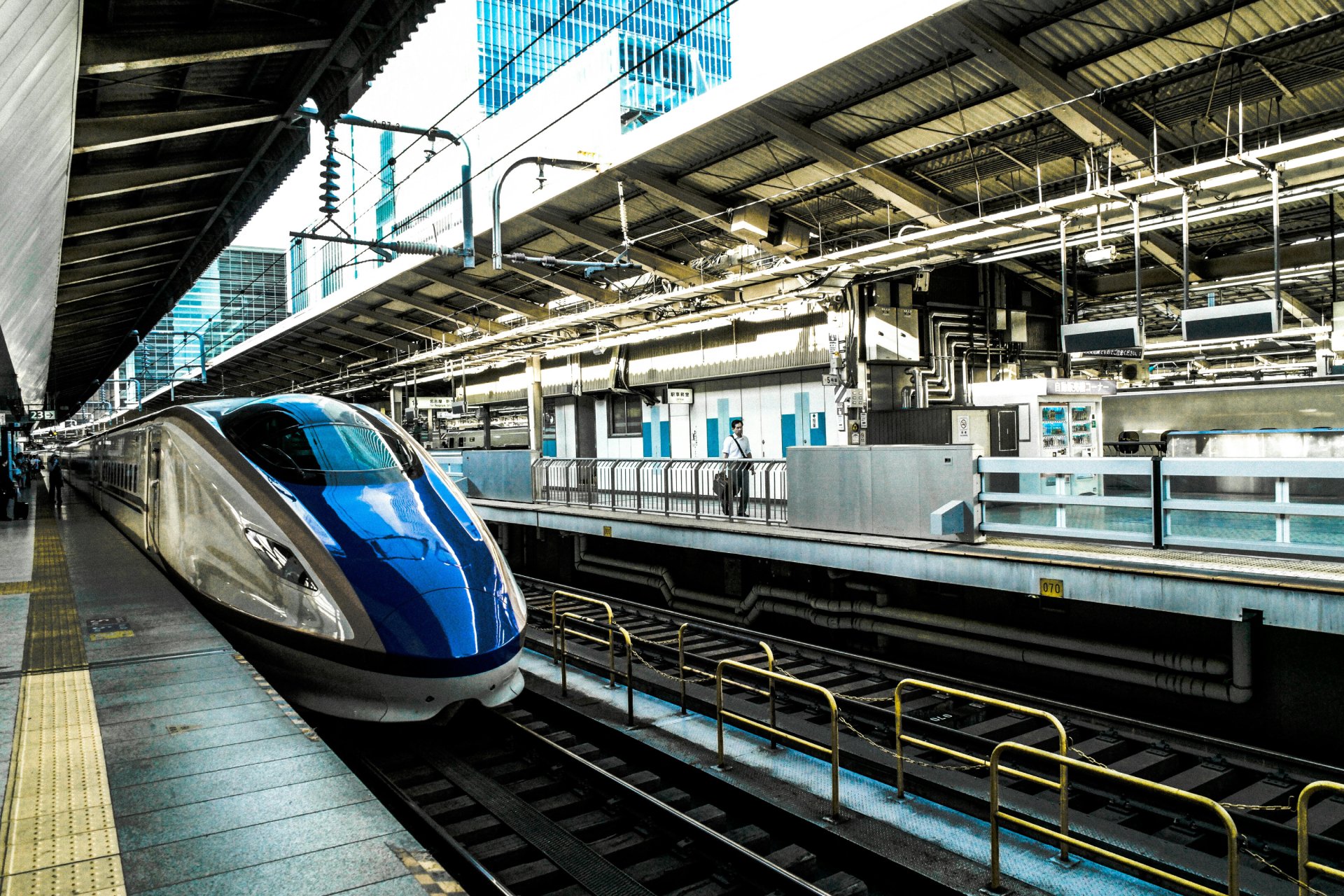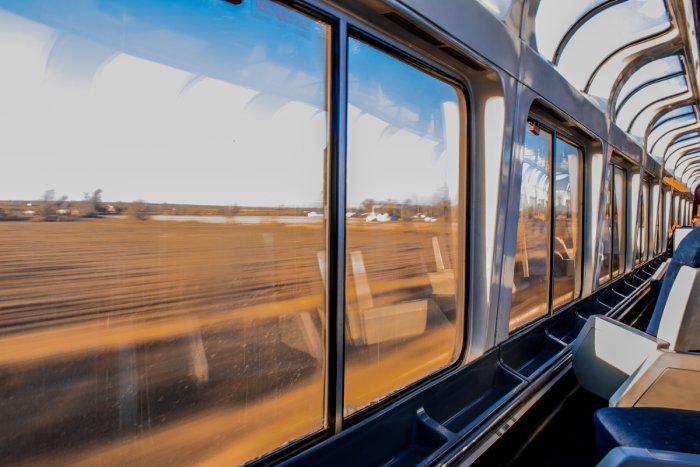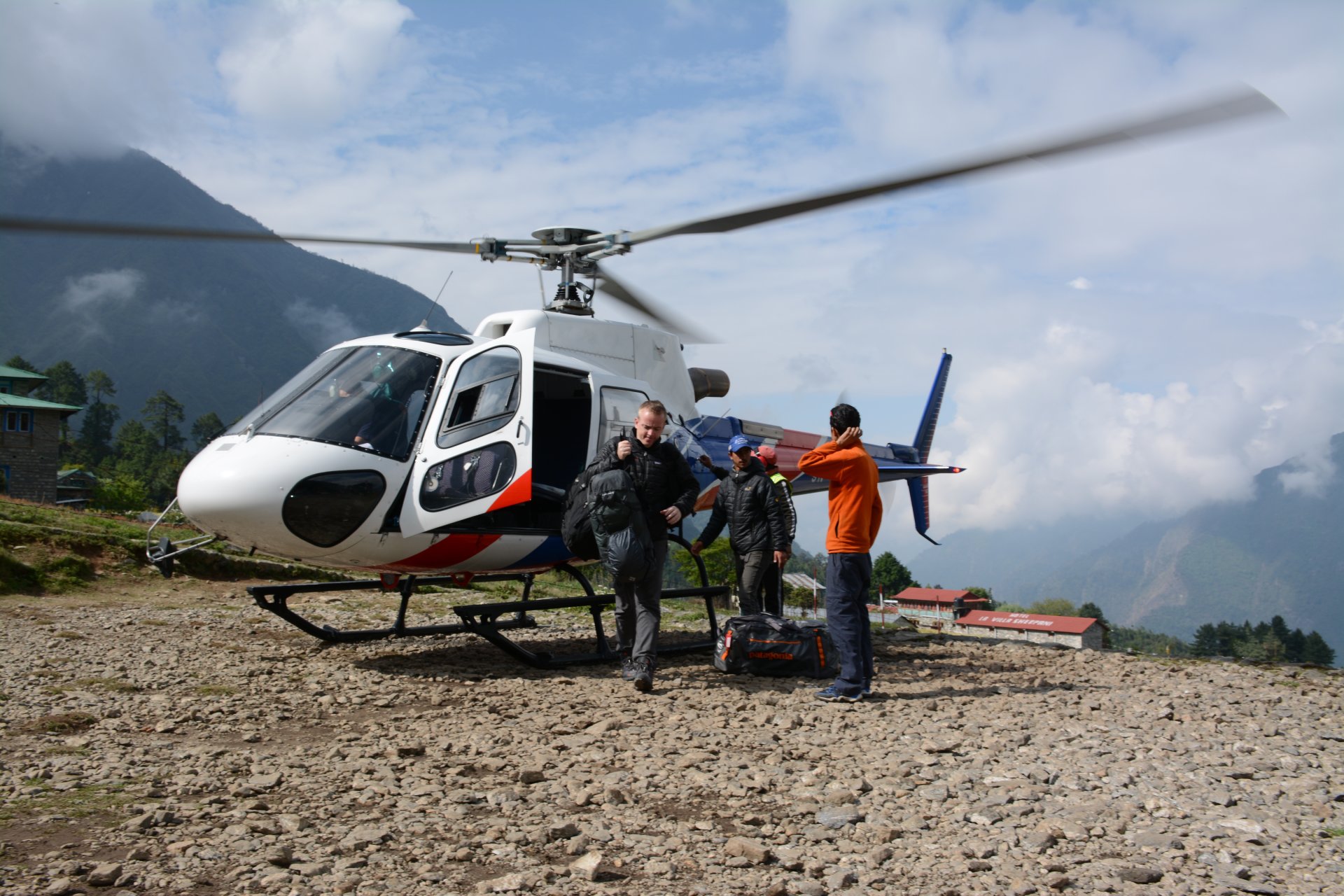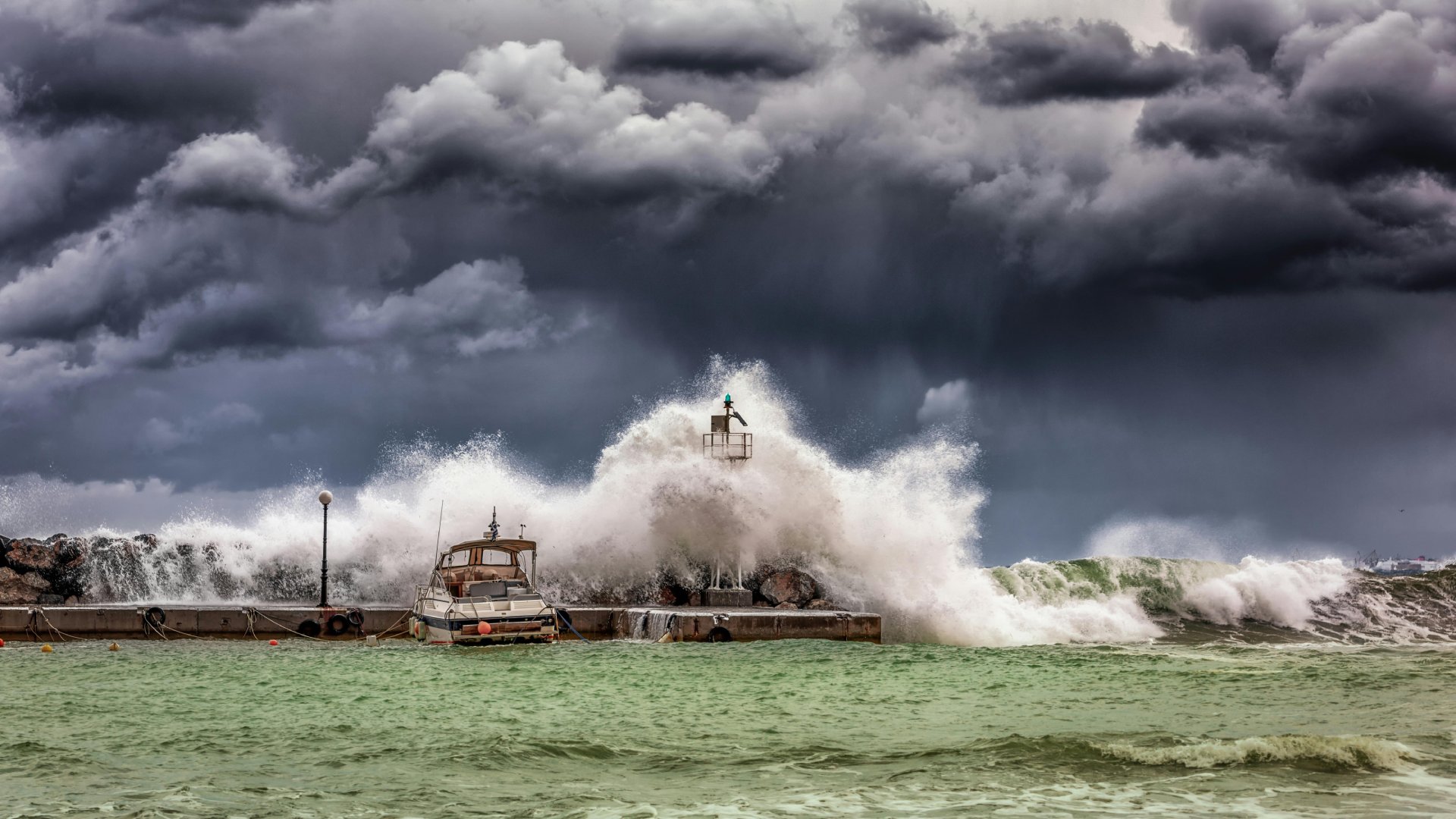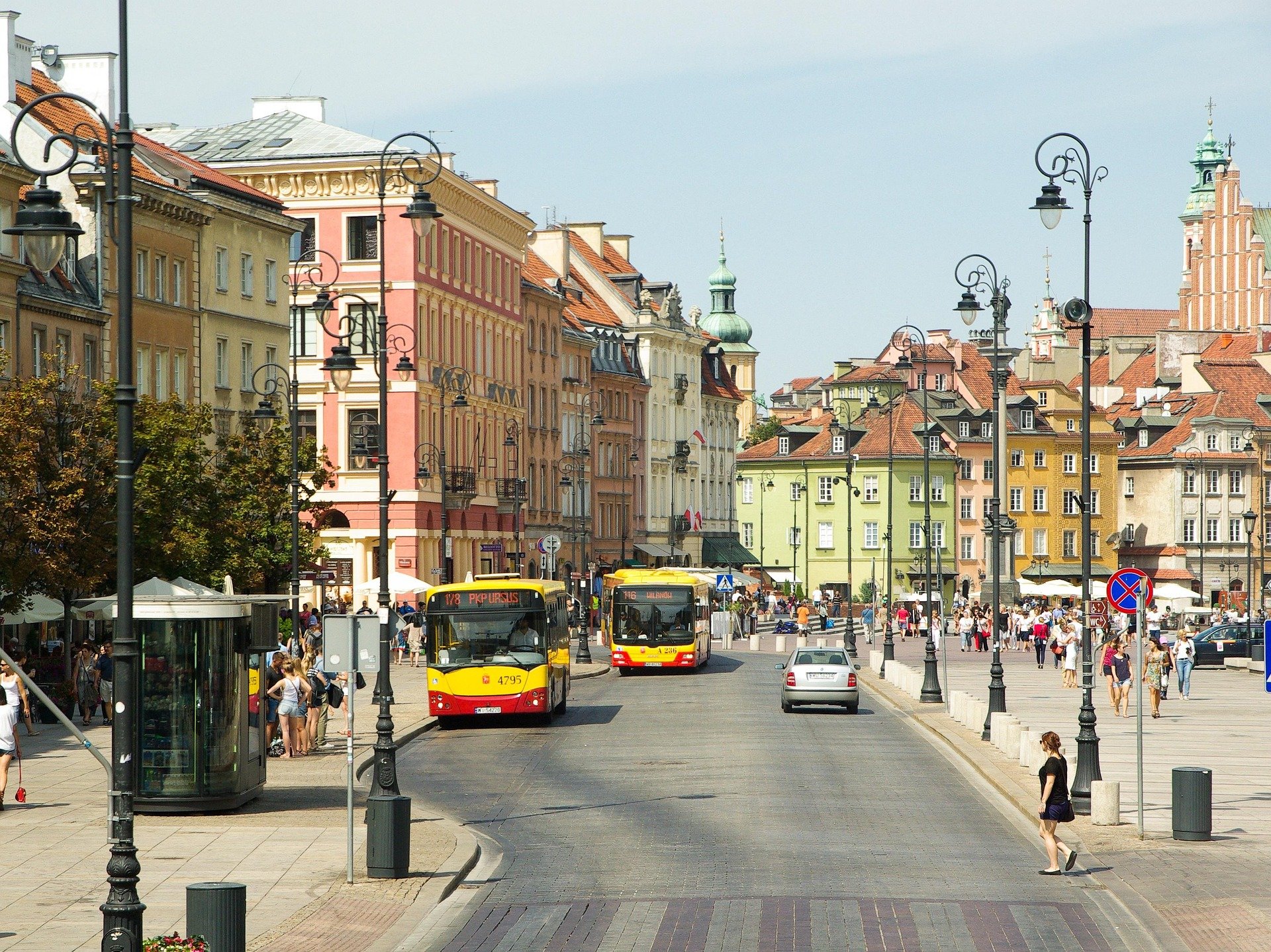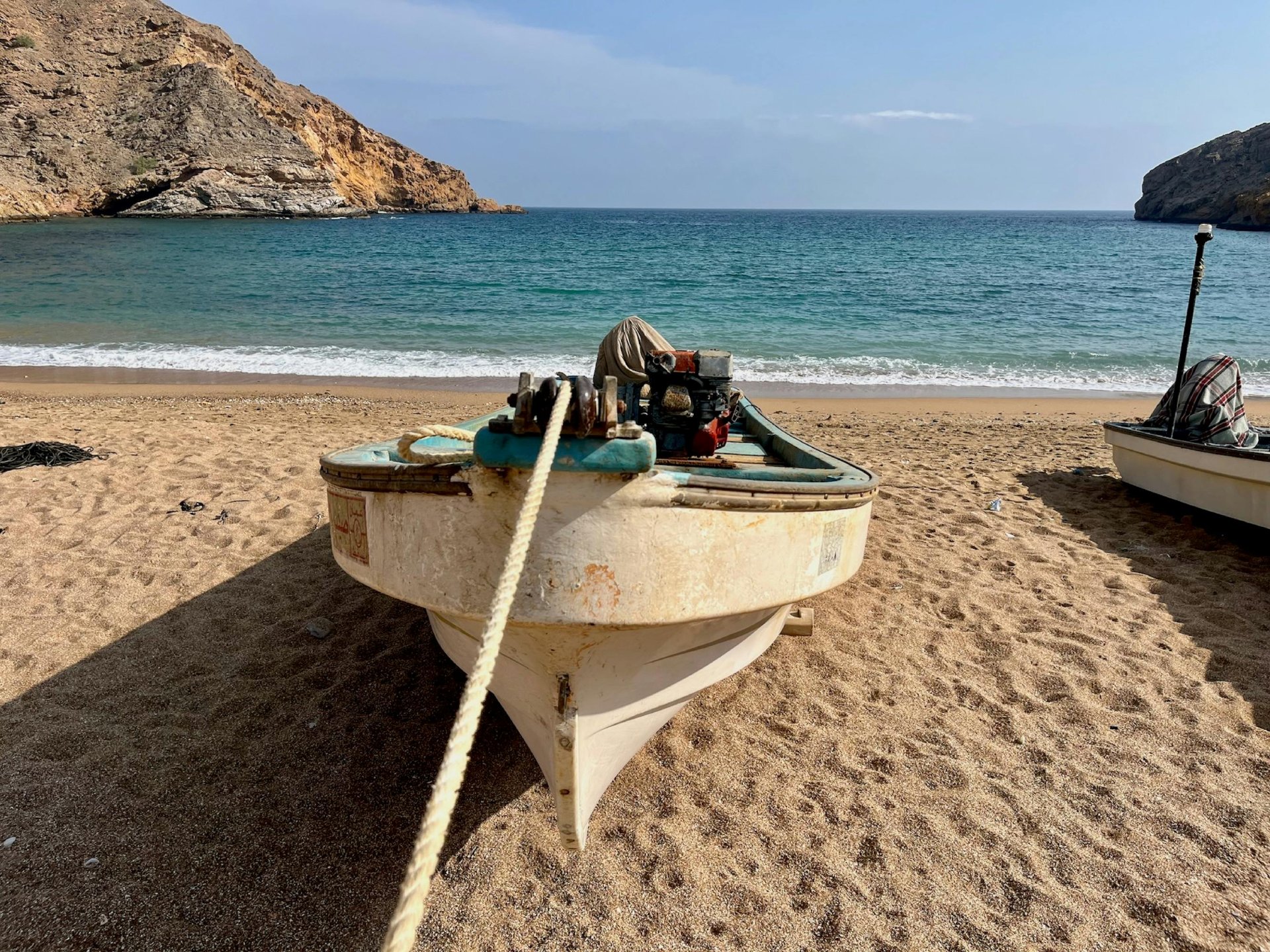What’s the hottest new way to travel across Europe? It’s not budget airlines anymore. It’s the clickety clack of wheels on rails – Europe’s railroad system. Whether scenic daytime travel or sleeper cars at night, high speed or old school locomotives, new routes and amenities – plus a lower environmental footprint – make train travel the most attractive option in decades. All of this can be yours if you understand where the benefits are, how to avoid the pitfalls and what safe travel looks like in this new age of trains.
Budget Routes With Benefits
Paige McClanahan for The New York Times writes that this new wave is thanks, in part, to public and private investment to help citizens thrive in the midst of a difficult economy.
For example, Deutsche Bahn, Germany’s national rail company, offered affordable monthly passes in response to the sharp rise in everyday costs of living, like electricity and food. The Deutschland-Ticket was subsequently created to allow virtually unlimited, affordable travel on trains, buses and subways.
“The possibilities are enticing,” she writes. “Beer lovers, for example, could travel from Düsseldorf to Cologne to Bamberg and onward to Munich, hopping off for distinctive local brews along the way. Those in search of scenery, meanwhile, might prefer the West Rhine Railway, stretching down the Rhine from Cologne in the north to Mainz.”
Spain’s Avlo service offers a different take on budget travel. It operates high-speed, low-cost trains, running between Madrid and Barcelona. Tickets start around $7 for this budget route, which expanded in June of this year. France has its own high-speed, low-cost routes through Ouigo, with tickets starting from $11. Routes begin in Paris and extend throughout the country.
Cat Jones, founder of Byway Travel, which focuses on overland journeys, told National Geographic’s Ben Lerwill that “rail travel is about far more than being whisked from A to B, advocating the benefits of being able to explore using the relevant rail passes.”
“There’s huge investment in night services and high-speed rail, but the off-the-beaten-path, rural stopping services can be more fun and more flexible,” she said. “They’re focused on the richness of the experience. You see how the landscapes shift. Countries like Italy and Switzerland are more enjoyable on so many levels if you don’t fly miles above them.”
Hotels and restaurants are offering benefits for train travelers, like regional passes as a part of a hotel stay or local food and goods along the train route, writes Alex Ledson for Forbes.
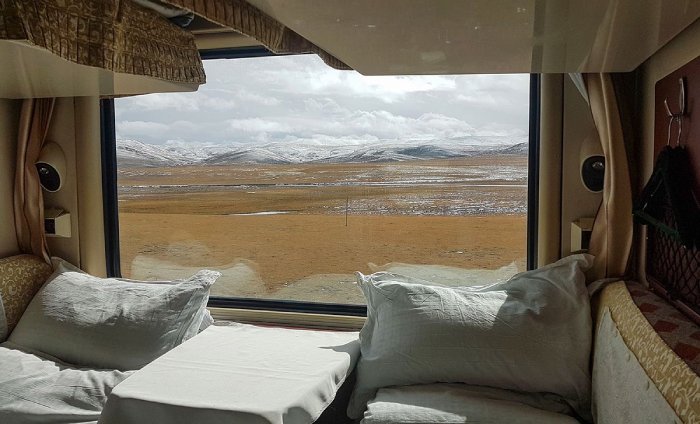
The Rise of Sleeper Trains
In 2016, sleeper trains seemed to be on the out, Will Hawkes wrote for The Washington Post. The government of France cut funding for sleepers and dwindling consumer interest would surely follow.
But sleeper trains are hardly being put to bed. In fact, several countries are investing big bucks in improvements to them. McClanahan also covered their rise, sharing a perspective from Alain Krakovitch, director of travel at SNCF, France’s state-owned railway company.
“It’s true that this is a huge draw for passengers. The idea of being able to fall asleep in Paris and wake up in Nice saves a night in a hotel,” Mr. Krakovitch told The Times. “It allows you to arrive very early in Nice without being tired. It’s a product that has many benefits, but we had to invest heavily to relaunch it. We hope to keep this momentum going.”
Finding the Right Routes and Best Deals
If you’re traveling within a country, it can be fairly easy to identify the best routes and deals. Traveling to other countries becomes a bit more difficult because routes are not always coordinated.
Lerwill points travelers to trainline.com and raileurope.com to “provide the connectivity and journey-planning logic to make the relevant reservations in one place.”
Travel spanning across the continent gets even more complicated.
“A one-stop shop for continent-wide ticketing simply doesn’t exist,” Lerwill writes. “Which also means that some of the best information on money-saving passes and advance fares is buried away on country-specific websites, often not in English.
For this, he recommends tour operators, such as Trailfinders, Saga and Riviera Travel.
Safe Travel by Train
From a U.S. traveler’s perspective, it may seem unusual that some European railways don’t necessitate passenger identity checks or require their luggage to go through scanners or metal detectors prior to boarding.
Eurostar trains travel between the UK, France, Belgium, the Netherlands, and Germany and passengers are required to present a valid passport or identity card, as they might pass through customs depending on the journey taken, according to Rail Europe.
Train station security is more relaxed than at airports. There are no lengthy check-in procedures or security screenings for most train travel, according to the Savvy Backpacker. “You simply show up a few minutes before the train leaves, buy a ticket if you don’t have one (often from a ticket machine with English instructions), and hop on the train.”
Does this make rail travel dangerous? It doesn’t appear so. Sure, there have been emergencies. Like the Dutch train hostage crisis half a century ago, when nine terrorists hijacked a train and held hostages for 20 days, or the incident nearly a decade ago when a man opened fire on a train bound for Paris from Amsterdam before French, American and British passengers confronted the attacker and subdued him.
Overwhelmingly, however, rail travel in Europe is one of the safest means of travel out there. According to a 2022 report on Railway Safety and Interoperability in the EU, “major accidents (with five or more fatalities) [are] becoming increasingly rare and significant accidents have decreased in recent years.”
Safe travel means more than just getting from one place to another in one piece, however. Trains are not immune from – and can in fact be hubs for – classic travel scams. This includes everything from pickpocketing to ticket scams.
Before you arrive at the train station, look at a map and identify where ticket counters and train platforms are located. That way, when you arrive at the station, you can move confidently to your destination and not look like a lost tourist, which is likely to attract scammers.
On trains, keep an eye on your baggage. Don’t leave it unattended in baggage compartments at the end of your train car, as it could be swiped before your stop. If trains get crowded, keep an eye on your purse and pockets, as crowded train cars are ripe for thieves.
“Trained” To Handle Any Emergency
As always, purchase your Global Rescue membership ahead of your trip to ensure that if a crisis occurs – even on a scenic train trip through the Alps – you’ve got the world’s best medical, security and evacuation services just a phone call away.

